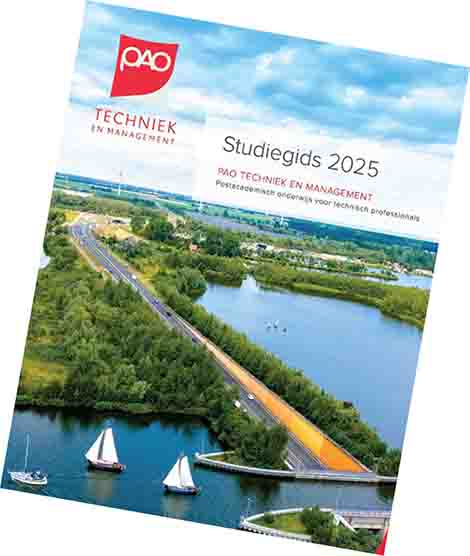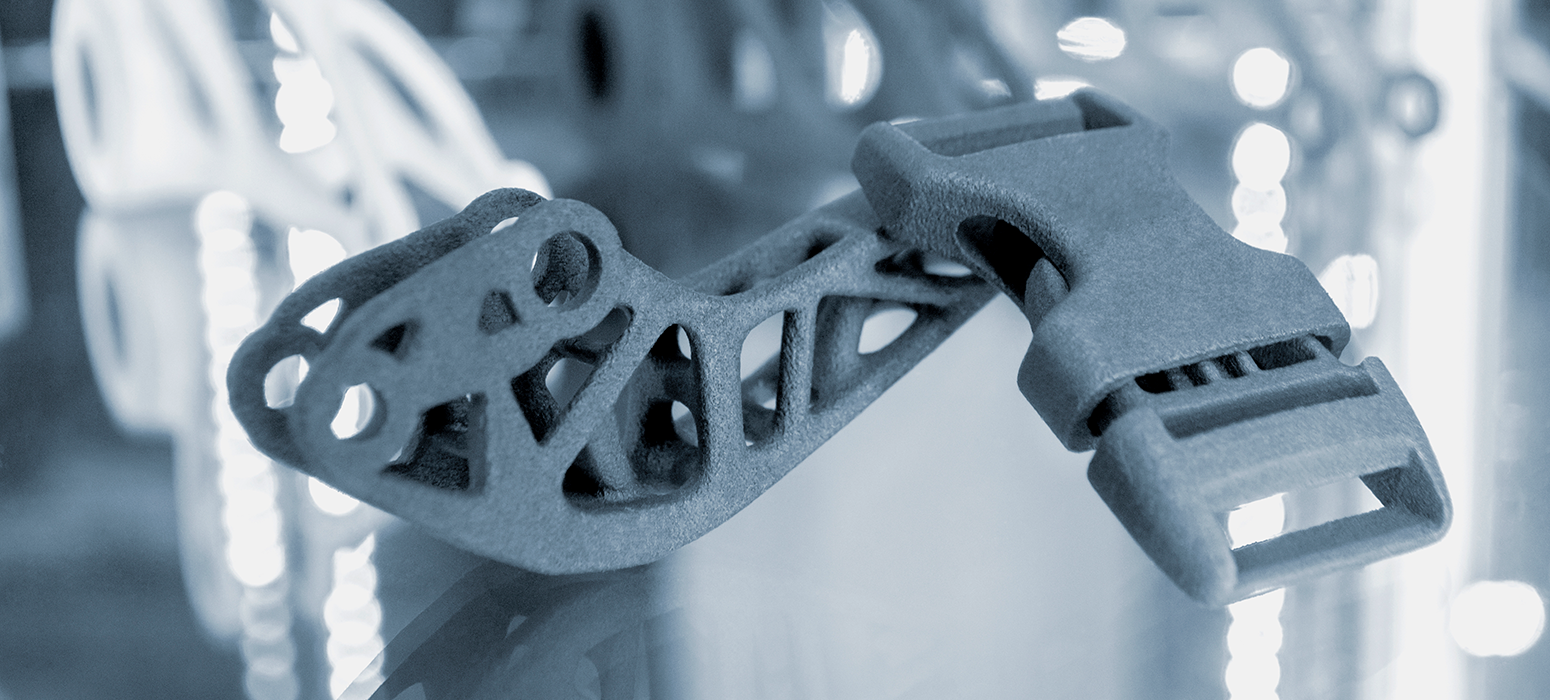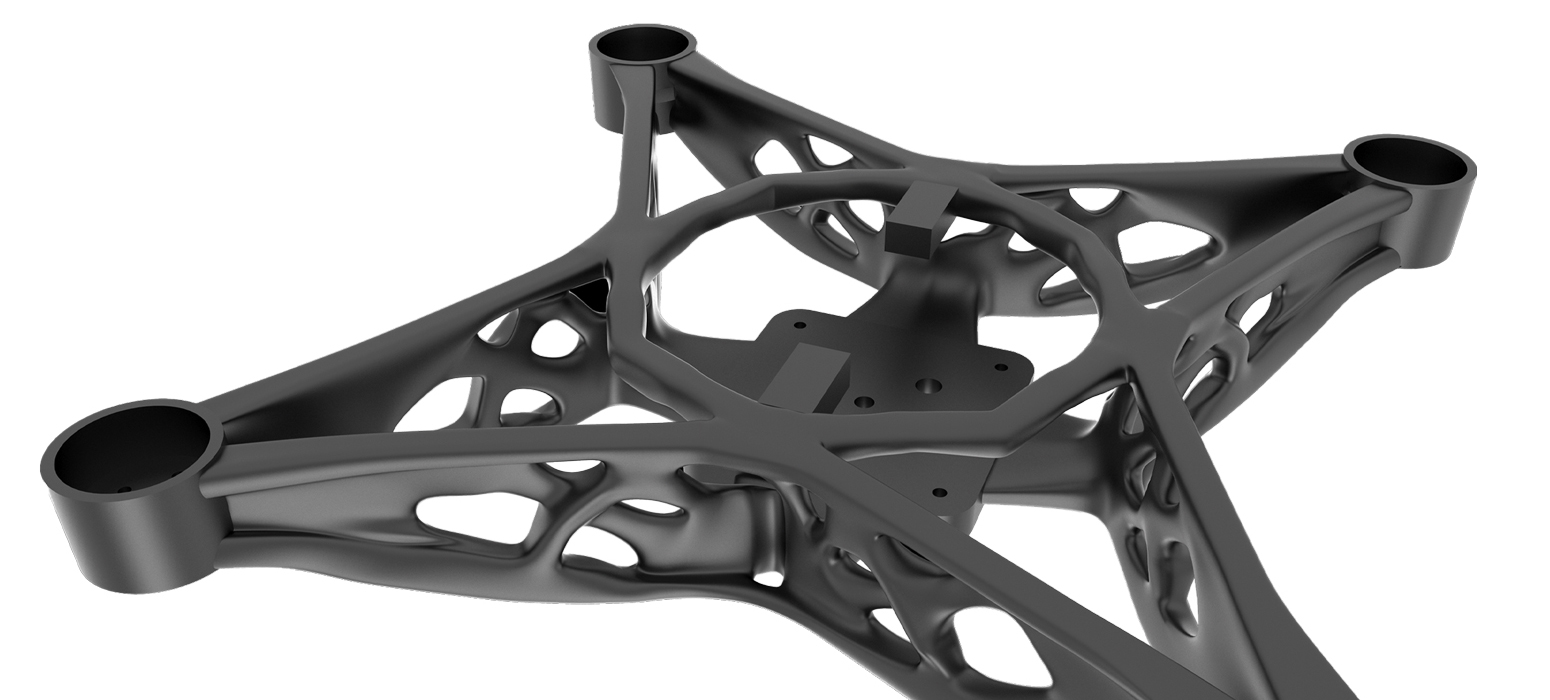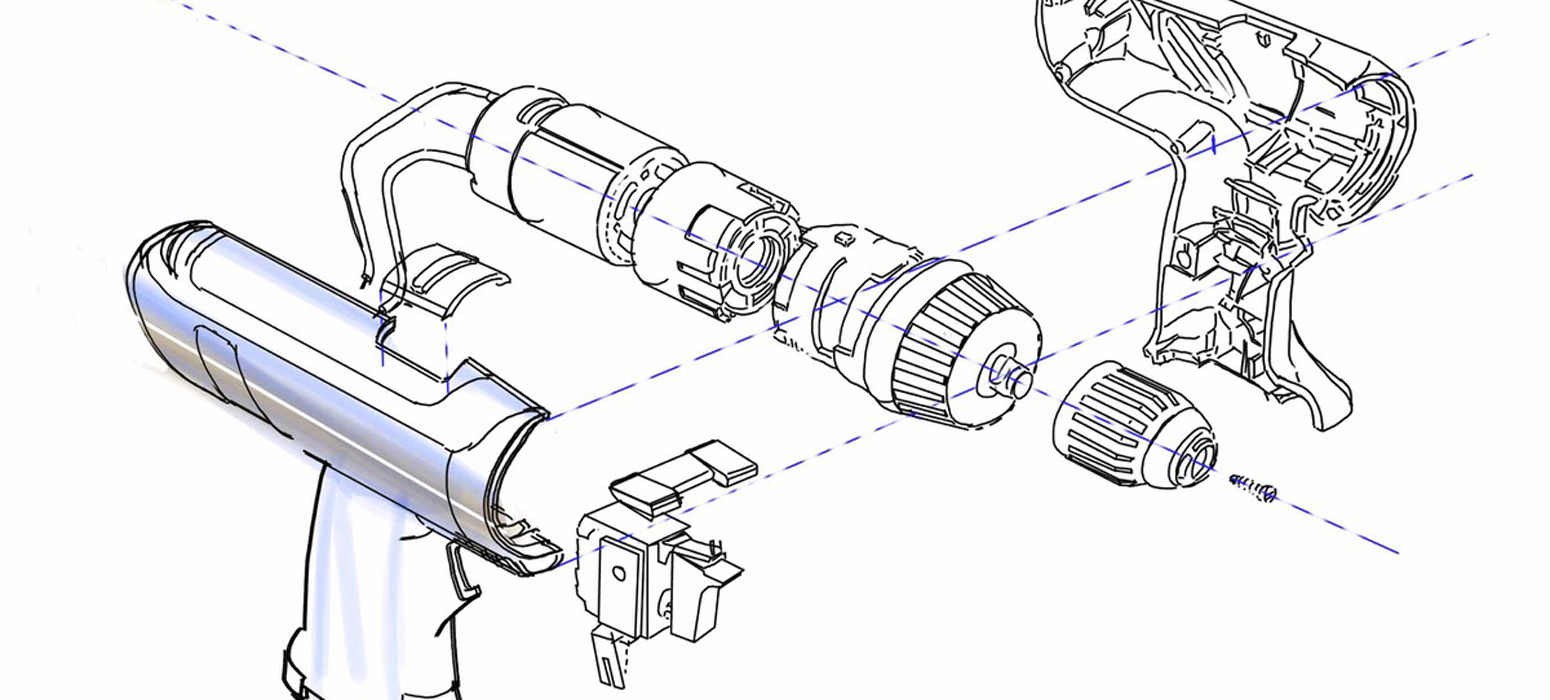Sustainable and lightweight design becomes easier with additive manufacturing
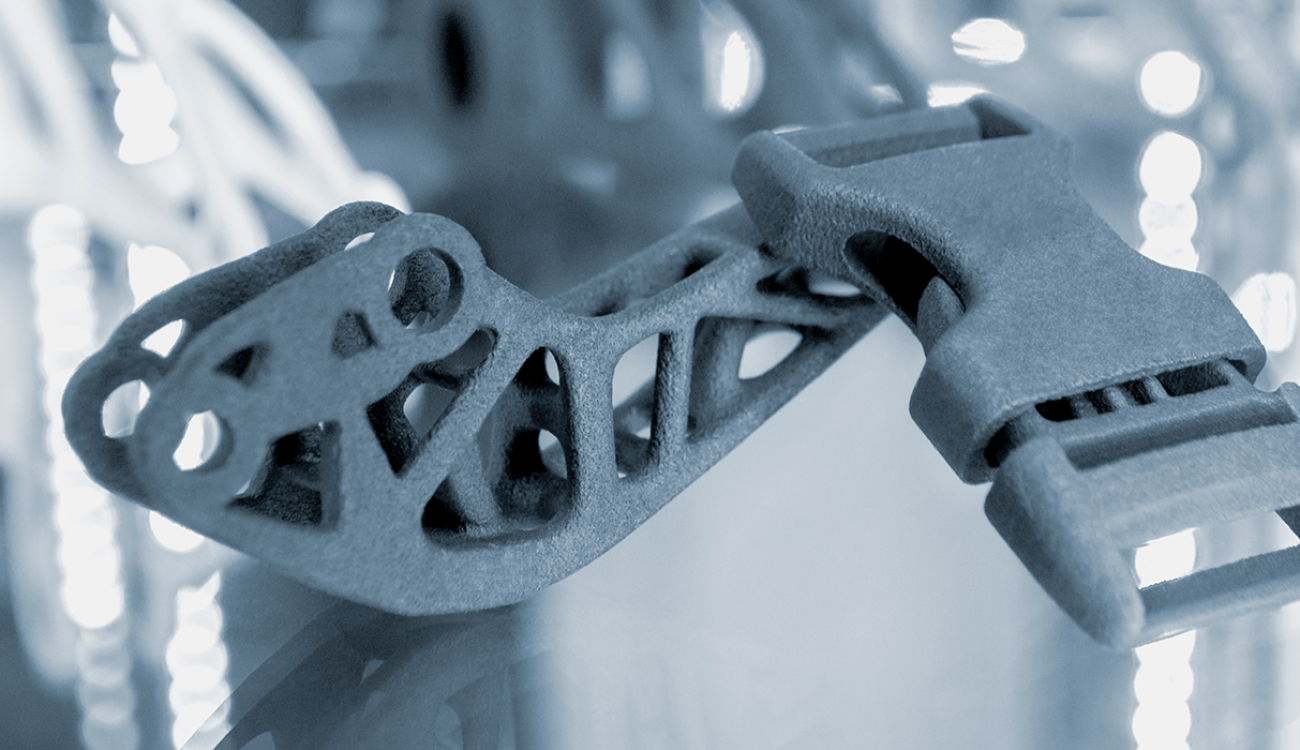
Parts that are half or even three quarters lighter. You can create them thanks to Design for Additive Manufacturing (DfAM). The use of Additive Manufacturing - 3D printing - is becoming increasingly affordable and accessible in the manufacturing industry for more and more applications. A win-win situation: sustainability and cost savings go hand in hand.
3D printing offers a cost-effective solution for sustainable manufacturing. Customized, local production becomes possible with a cost-effective and automated process. The materials can contribute to a circular economy and are often recyclable.
Metals
If you choose lightweight metal parts that are 3D printed, you generally waste less material, the production time is shorter and the production costs are lower. Often lightweight metal parts have complex geometry or internal channels. These types of parts are difficult or impossible to make with conventional production techniques such as milling, cutting or drilling. Additive manufacturing offers the solution. In addition, it is possible to optimally adjust the filling density and wall thickness to further improve the performance of a part.
Thermoplastic and composite materials
A relatively new development is 3D printing with continuous fibers. These make it possible to design mechanically very strong components or products. This technology gives industries the freedom to create exactly the components they need. Strong, lightweight and continuous fiber reinforced thermoplastic and composite materials can be designed and tested in laboratories to precise specifications.
Applications
The application of additive manufacturing and lightweight design can be found everywhere in the industry. For the transportation sector, for example, 3D printed spare parts could be the solution for maintaining aging fleets of trucks, buses and heavy machinery, extending the life of essential assets. Additive Manufacturing can also be used to create the right materials for lightweight, strong components for the aerospace industry. Or for smaller products, such as custom-made prostheses and arch supports that are specially designed to meet the needs, physical demands and wishes of each patient. Or consider the technology of an on-demand production process for spare parts for the transport sector. And there are many more examples.
Get started yourself
Are you involved in Additive Manufacturing in your work in the field of design, production or research? Or are you interested in material selection in structural design? Then view our courses in this expertise. Our highly experienced teachers provide you with the most up-to-date knowledge for your specific work situation. Do you have questions? Please contact program manager Anne van Delft.
Source: TNO, Visiativ Benelux

Download the Study Guide
Would you like a complete overview of all our courses and trainings? Download the digital study guide!
